Blacktip shark

The blacktip shark is a sturdy, gray, medium-sized shark characterized by the black markings on the tips of its fins and a distinct white ‘z’ marking on its flank. This shark inhabits shallow (up to 140 m in depth) temperate, tropical, and subtropical waters. It is mostly found nearshore around estuaries, bays, and river mouths, […]
Atlantic sixgill shark

Like the other sixgill sharks, the Atlantic sixgill shark is a deepwater species that inhabits waters deeper than 100 meters. Sixgill sharks are unusual in that they, as you may have guessed, have six gill openings and also because they have only one dorsal fin – most sharks have five gill openings and two dorsal […]
Silky shark
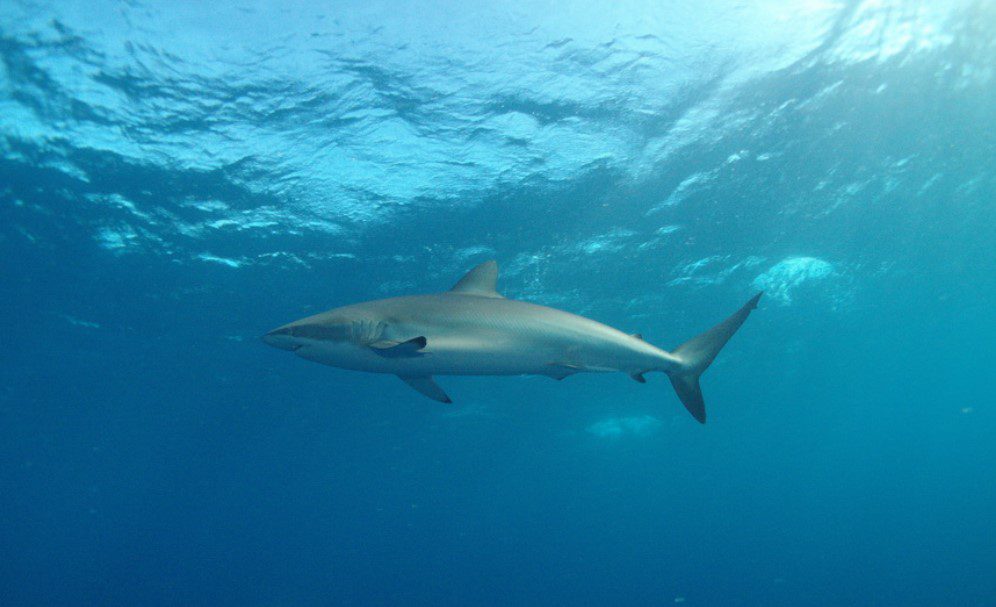
Known for their quick and aggressive nature, silky sharks are considered one of the world’s most abundant shark species. They can be found in the coastal and oceanic waters of tropical seas at depths between 18 and 500 m. Juveniles tend to inhabit coastal waters around shallow continental shelves, and then move offshore, becoming more […]
Whitetip reef shark

The whitetip reef shark is a docile, nocturnal shark residing in tropical, shallow waters and is closely associated with coral reef habitats. Averaging 1.6 meters in length, the whitetip reef shark is considered a medium-sized shark, although it can grow up to 2 m. This shark spends the daytime in caves or crevices in the […]
Bull shark
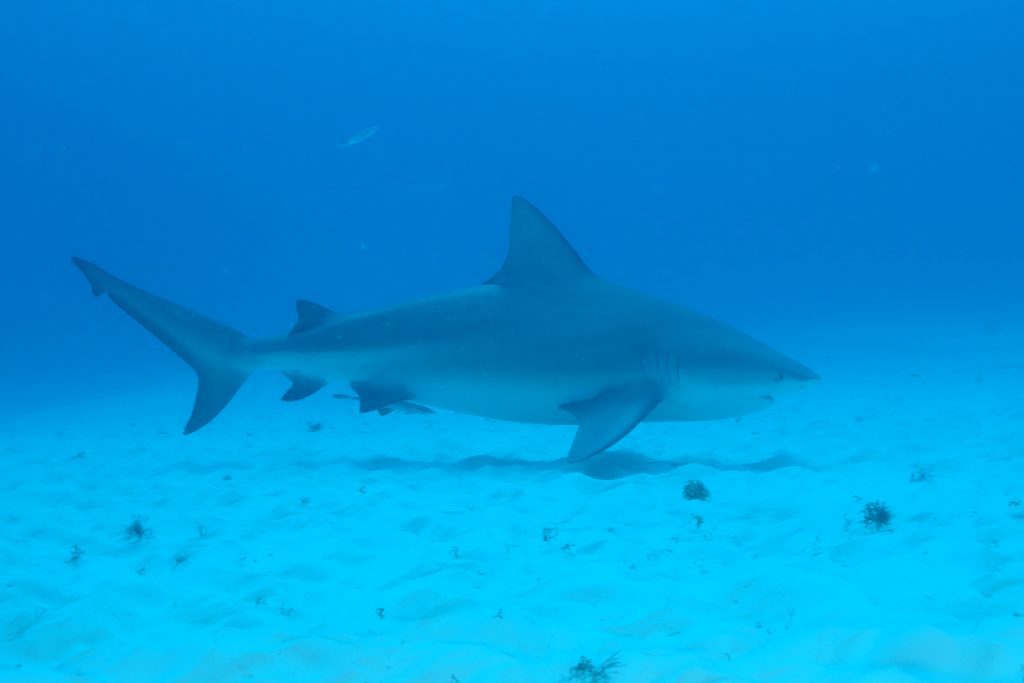
The bull shark is the most well-known of the shark species that can move easily between salt and freshwater habitats. Their freshwater tolerance puts the bull shark at a distinct advantage over other shark species, as they can use low-salinity areas to both increase their hunting range, and as a protection for their young. In […]
Great hammerhead shark

The hammerhead sharks in the family Sphyrnidae are among the most uniquely adapted sharks, easily identifiable by their large, flattened hammer-shaped heads. The bizarre head shape maximizes their hunting abilities, and the shape and size functions to enhance maneuverability. The broad under surface provides ample space for electromagnetic-sensory organs called ampullae of Lorenzini, and their […]
Tiger shark

Tiger sharks are among the most feared species of sharks in the world, with a reputation for being aggressive and somewhat unpredictable. In actuality, tiger sharks are generally unaggressive and are important species for dive tourism in several areas around the world, though they are of course large predators and should be treated with respect. […]
Nurse shark

Nurse sharks are benthic, or bottom-dwelling, sharks that are common in tropical and temperate seas in the Atlantic Ocean. Some divers (and scientists) consider them lazy as they are often encountered sleeping under reef overhangs during the day, but nurse sharks are in fact largely nocturnal and are quite active after dark. While many sharks […]
Lemon shark
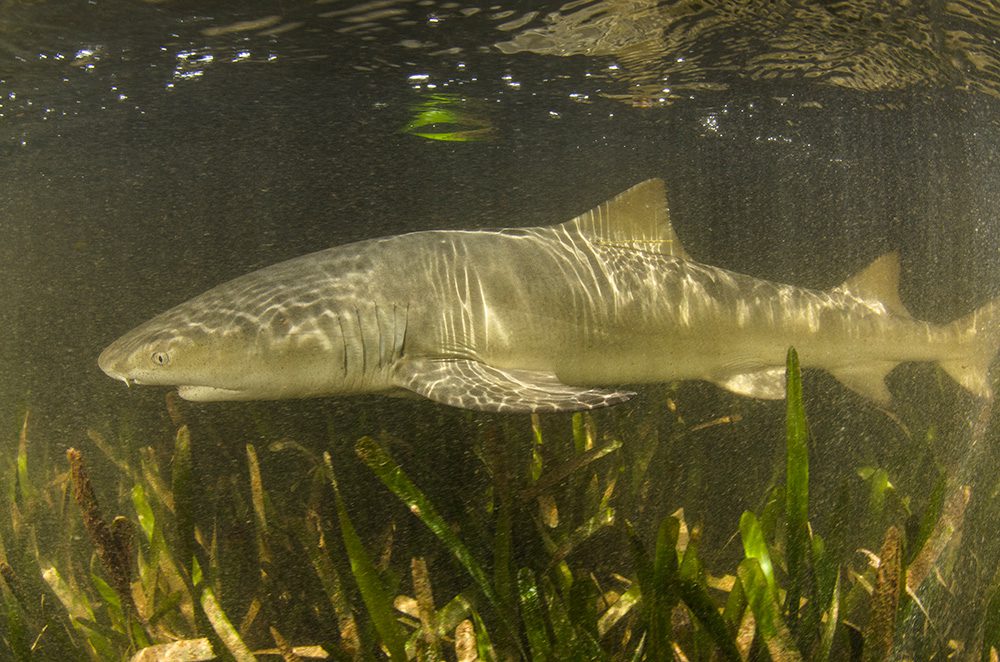
Lemon sharks can be identified by their two equally-sized, large dorsal fins. Juveniles spend most of their early years sheltered in mangrove habitats where few large sharks can swim, expanding their range as they grow. Some adult lemon sharks form loose aggregations made up of around 20 similarly sized sharks of the same sex, and […]
Caribbean reef shark
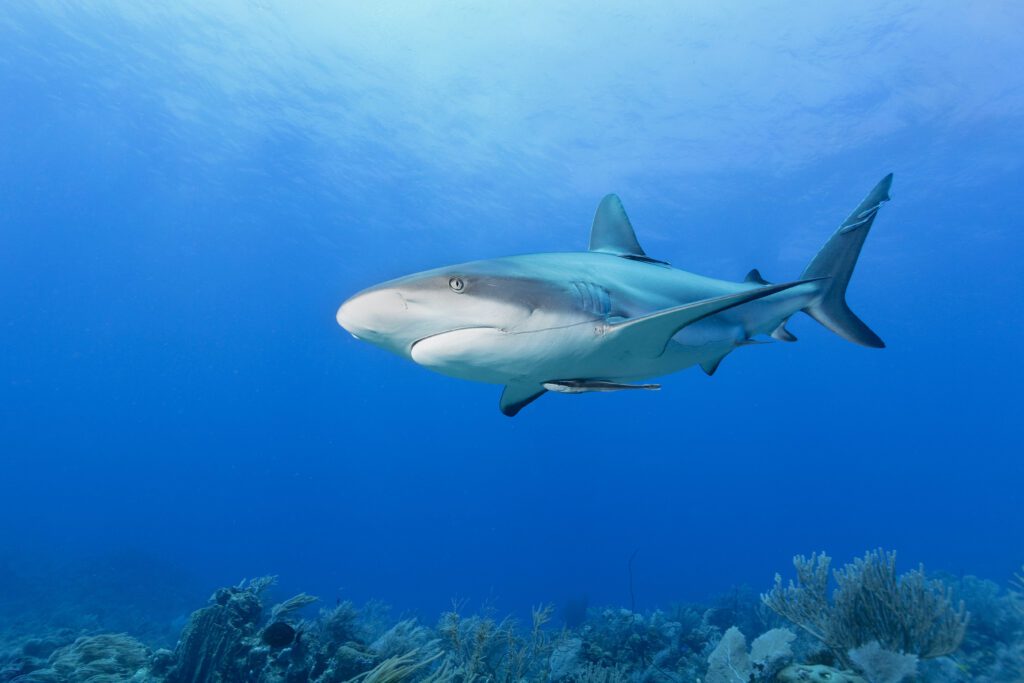
Caribbean reef sharks are the most common coral reef shark species in the western Atlantic Ocean, but they are heavily fished throughout most of their range. Most Caribbean reef sharks are highly site faithful, and many may spend their entire lives at one reef location. These sharks are increasingly important to tourism economies, as encounters […]
Whale shark
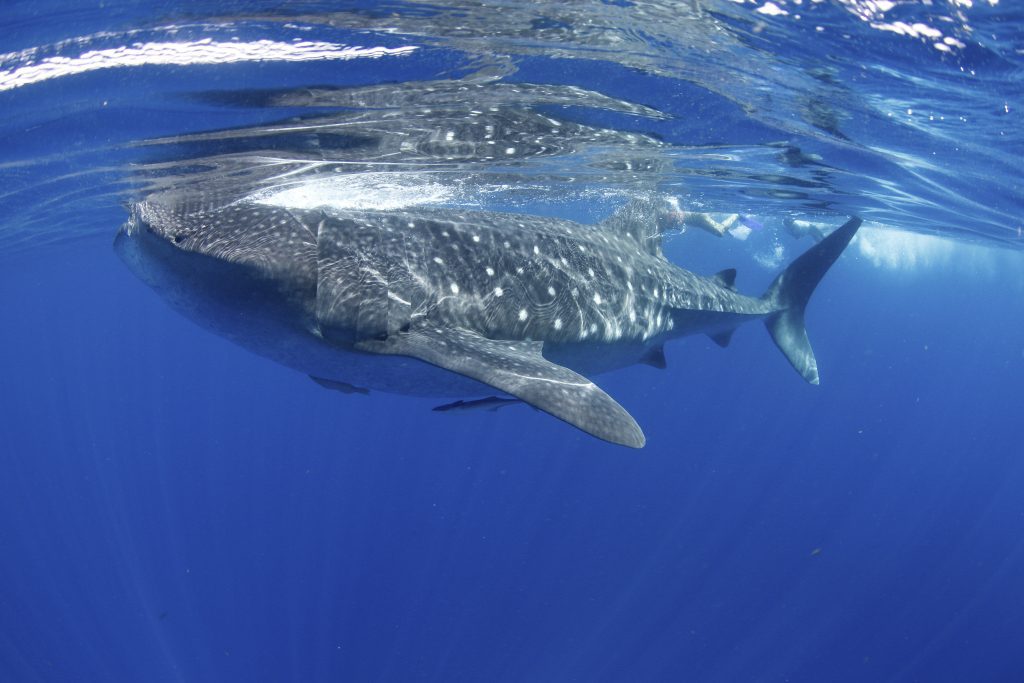
Among the most iconic of sharks, the whale shark is the largest fish that exists today, with the biggest confirmed whale shark measuring 18.8 meters (62 feet) long. Whale sharks are the only member of the family Rhincodontidae, and are filter feeders that undertake seasonal migrations to areas of high concentrations of zooplankton, such as […]
Scalloped hammerhead shark

Scalloped hammerhead sharks can be distinguished from most other species of hammerheads by the shape of their heads, which have distinct indentations close to the eyes. The Greek word “sphyrna” means “hammer”, referring to the shape of this shark’s head, which is its most distinguishing characteristic. The fins of scalloped hammerheads are also much […]
